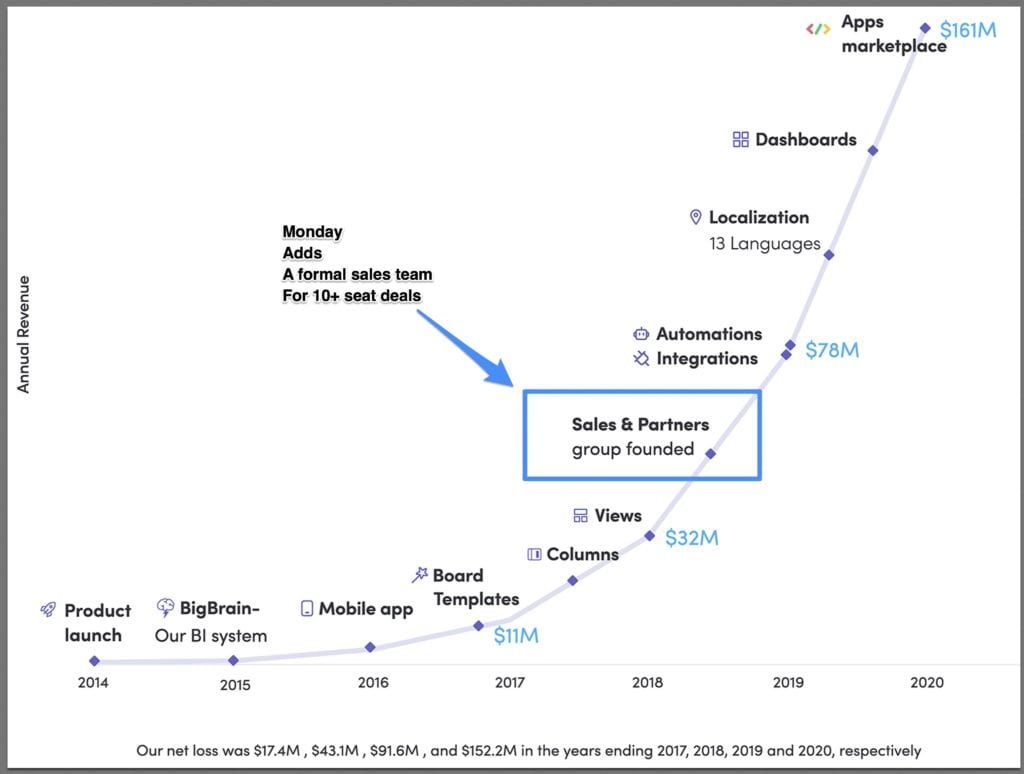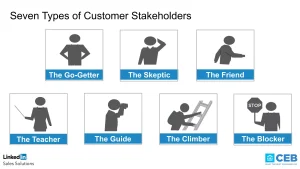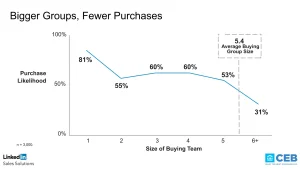Building a SaaS product for an ISV seems to be de rigueur these days.
“If everyone’s doing SaaS, it must be easy!”
“I saw someone on Twitter build a SaaS in one evening powered only by Mountain Dew!”
But what kind of SaaS are they doing?
Over the last ten years I’ve seen SaaS evolve in many ways, but — as a skeptical, cautious northern British lad — it’s knowing where the land mines and dead bodies are that I value most, rather than the illusionary pot of gold at the end of the rainbow.
If you agree that some SaaS companies need enterprise sales, you might like this piece on 5.4 Challenging Reasons Your SaaS Needs a Sales Team.
Steve Chambers
How SaaS has got more complicated
The evolution of SaaS over the past few decades has complicated the picture somewhat. Here’s just a few of the changes in the past ten years:
- Self-service → PLG.
- Traditional channel → cloud co-sell.
- Public cloud → repatriation to colo.
- Enterprise SaaS → Micro-SaaS
These evolutions are all awesome, but they have made it harder to know what “best practice” really means: what’s best for one SaaS aint necessarily the best for another.
What triggered me to write this for you
So what triggered me to write this piece was often (many times each week) hearing someone exclaim “I do SaaS!”, where my first response is “What kind of SaaS?”
I’m presuming you, Dear Reader, are involved with an ISV and SaaS project somehow. You could be in sales, product, customer success, marketing. You could be at the ISV or a cloud consultant operating a SaaS Factory.
I know that the well-meaning advice to or from someone doing SaaS is going to biased towards *their* SaaS. Totally natural. But if they don’t know what my SaaS is, then is their advice still valid?
It’s not as if SaaS is like Cinderalla’s slipper, is it?
Why SaaS isn’t like Cinderalla’s slipper
There was one glass slipper and one Cinderella.
But if SaaS was anything slipper related, then it would be a slipper closet or store full of different slippers for a wide variety of feet! That old, double-decade definition of SaaS is now a 60,000ft cloud abstraction (was it always thus?).
In fact, if we SaaSified Cinderalla, then the ugly sisters would have been welcome to wear their bovver boots to the ball and they’d all get a handsome prince each.
5 attributes of a SaaS company
When you’ve worked with a lot of SaaS companies, you see them at different stages in their evolution where applying last year’s technique won’t work this year.
You’ll see that what works in the vertical healthcare SaaS makes no sense for a horizontal ERP SaaS. And the hardest thing of all, people – whom to hire, when, and what to do?
In fact, there are five aspects of every SaaS that help you work out their operations, and “what type of SaaS are you?” so can qualify all SaaS advice before you act upon it.
- Customer – B2B or B2C?
- Market – Horizontal or vertical?
- Size – Micro-SaaS or SME SaaS?
- Acquisition – PLG and self-service or sales team?
- Partnership – direct, trad. Channel, co-sell, marketplace, affiliates?
For the purposes of this post — and to keep it blissfully short — we’re going to focus on the last two of these factors for a B2B with a horizontal CRM solution focused on SMEs.
We’re going to look at points 4 & 5 and address the claim: “We don’t need no stinkin’ sales team!”
3 reasons why SaaS flip their sales approach
Many SaaS companies say they don’t need sales…until they change their mind.
The well known companies who began life without a formal sales team (Atlassian, Hubspot, Ahrefs etc) got to a point where they needed to hire sales people – or they were operating in a way that meant they didn’t need a direct sales team (clue: channel!).
It seems these companies get to around the $30m-$50m revenue mark or Year 7 and then they need to get sales onboard. And fast! 🙂 This is slightly tongue-in-cheek, but also quite accurate based on what these SaaS companies have said via SaaStr.
https://www.saastr.com/eventually-everyone-has-a-sales-team
Let’s zoom in on three common reasons why you will need a stinkin’ sales team at some point 🙂
- Self-serve and PLG work in less complex environments. More complex solutions where your product changes the customer’s environment (more than just simple one-click integrations), means pain. And someone has to convince your prospects that the pain of change is less than the pain of same to get them over the status quo. An example might be an SEO keyword tool like AHrefs is fine for self-service (because it doesn’t change anything on the client end) compared to a complex, multi-featured CRM like Hubspot which fundamentally alters your business operations: their clients need more help – and the deals are bigger, which brings us to #2.
- When your revenue gets to a certain point, you need to – or are politely asked to, by your investors – to win more large enterprise deals. Self-service is awesome for those $9/mo users, but for the $50k/yr you might need some road warriors to win those battles. Monday.com did to get to $550m ARR.
- Atlassian, kinda did have sales in the form of a strong channel. So if you have no direct sales, but strong channel, are you being truthful with yourself or just seeking headlines? How many companies have believed this “no sales” lark and not known about Atlassian’s channel and their bottom-up distribution?
In summary
No, ChatGPT or Claude or any other Generative AI didn’t write this 🙂 We can still write useful summaries by hand, right? 😃
If two SaaS people met in a coffee shop and swapped personal SaaS war stories and techniques, would they be helping each other?
If they were in the same B2B, horizontal, SME, PLG plus channel model – then definitely! But if one was using a direct sales model and the other was just co-selling on AWS Marketplace, does that mean one is wrong and the other right? It depends, right? 🙂
That’s why I wrote this short piece: I hope it helps us all have more nuanced SaaS conversations so we can all do the right things more of the time.
Note from the author
Over the past ten years I’ve worked with a lot of ISVs that have moved from selling software “the old way) to a new SaaS software distribution model. The main thing I learned was that there’s no such thing as “just” SaaS: there are many different types. And getting this wrong can be pretty tragic because you’ll apply the right technique to the wrong company, including hiring people you don’t need, or not hiring the people you should have.
I also found myself shaking my fist at my laptop when I read casual, throw-away comments by prominent “SaaS experts”, such as “SaaS don’t need no stinkin’ sales team!”. There are SaaS CEOs out there saying that today. It may be true for them (is it?), but it would be a logical fallacy of unwarranted extrapolation to say this is true for all SaaS companies.
So, instead of shaking my first at my laptop, I thought I’d shared some insights I’ve learned the hard way over the years and I still apply today. I’ll try to give examples and reasoning, but I’m trying to keep this short.
If you’re working at an ISV, or looking to work with ISVs, then I hope you find this information helpful. I’d love to hear your comments, feedback, questions. If you want to know more you can ping me on Twitter, LinkedIn, or contact me on the Viewyonder website.
Peace!
Stevie.




